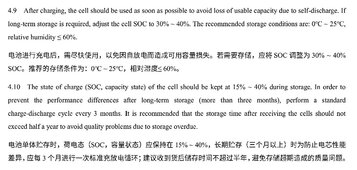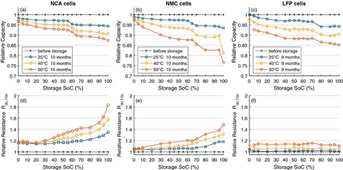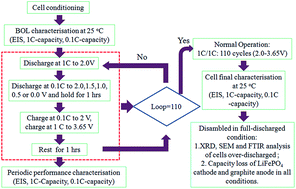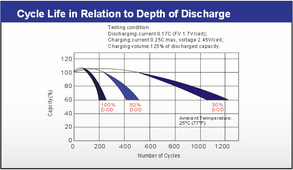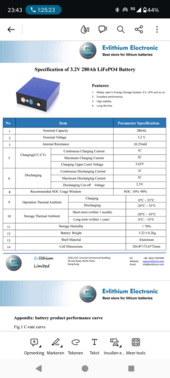wpns
Solar Joules are catch and release
I was talking to SS tech support about some other issues (Generator Dry Contacts) and I mentioned that I had set the "Generator" to come on at 10 percent and turn off at 50 percent, and he said that would be really bad for the batteries, that maybe 15% was as low as he would go, but 20% was really the lowest I should allow my PowerPro WallMount OutDoor batteries to get.
Does that make any sense? I mean, I don't _want_ to go down to 0% because that's approaching the limit of margin of error, and they might give up at 1% and then I'm toast, but why can't I cycle my LFP batteries 0-100% once a day for "only" 5,000 cycles for a 14 year lifespan instead of getting 8,000 cycles at 80% for a 22 year lifespan?
As per the other discussions, they don't actually warranty cycles, or total MWHR or anything but a 10-year pro-rated function warranty, and if I'm still around in 10 years and they are still in business, then the batteries have paid for themselves, and the new thing will be out anyway. I mean, I paid $700+ per battery for that last 20%, why can't I use it?
Does that make any sense? I mean, I don't _want_ to go down to 0% because that's approaching the limit of margin of error, and they might give up at 1% and then I'm toast, but why can't I cycle my LFP batteries 0-100% once a day for "only" 5,000 cycles for a 14 year lifespan instead of getting 8,000 cycles at 80% for a 22 year lifespan?
As per the other discussions, they don't actually warranty cycles, or total MWHR or anything but a 10-year pro-rated function warranty, and if I'm still around in 10 years and they are still in business, then the batteries have paid for themselves, and the new thing will be out anyway. I mean, I paid $700+ per battery for that last 20%, why can't I use it?



